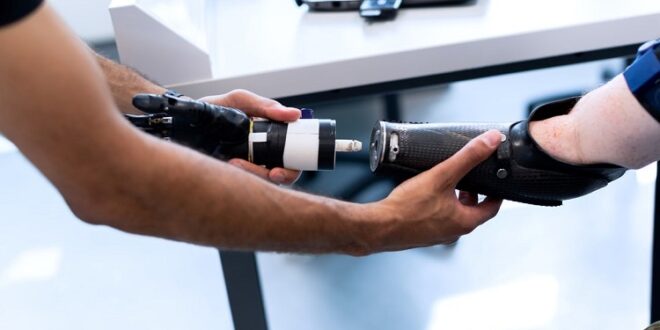In America, 2.1 million people have had an amputation. These situations can leave you hopeless. Luckily, with today’s prosthetics technology, you can live a great life and have full mobility.
But before investing in artificial limbs, you must learn about the different types of prosthetics. This way, you can rest assured that you made the right decision!
Transhumeral Prosthesis
A transhumeral prosthesis works by connecting the artificial arm, above the elbow. However, this kind of prosthesis must sit below the shoulder. These kinds of prostheses can be complicated since they cannot sit above the elbow.
Some also say that movement in these types of prosthetics can be more difficult. However, as technology advances, these kinds of prosthetics are becoming more valuable.
For example, most modern transhumeral prostheses use myoelectric sensors. These sensors can also be combined with cables to move the artificial limb in a natural way.
Transradial Prosthesis
The healthcare industry does not prefer active transradial prostheses because they are mostly for cosmetic purposes.
However, an active transradial prosthesis is better suited for those who want more mobility. There are also two types of active transradial prosthesis.
The first being, a cable-operated prosthetic device. These kinds of artificial limbs work by utilizing a harness, which then connects to the needed shoulder and arm. The user will have full control of the manual movements.
The last type of active transraidal prosthesis is a myoelectric prosthetic implant. These kinds of artificial limbs can detect mobility in the upper arm with specialized sensors. These sensors are how the artificial limbs move.
Transfemoral Prosthesis
The medical industry prefers transfemoral prosthesis for those who’ve had an above-the-knee amputation. The movement of this prosthetic is influenced by hip motions. Therefore, they are also influenced by the strength of the remaining muscle.
This kind of artificial limb does require a lot of mobility rehabilitation and strength training. However, once the user is fully adjusted they can have normal movement functions.
The movement will also be influenced by how well the socket fits. A bad fitting socket will cause improper mobility and even some pain. So it’s essential to revive the correct shape and size!
Transtibial Prosthesis
A transtibial prosthesis is opposite to a transfemoral prosthesis. For starters, this kind of artificial leg suits a person with a below-the-knee amputation, rather than an above the knee.
The main goal of this type of prosthesis is to evenly distribute the body weight of an individual. This way, they can optimize their comfort and not rely on their upper body to influence their body motions.
Get Your Mobility Back Today
Having full mobility is possible after an amputation, especially with the help of some types of prosthetics! And now that you’ve learned about artificial limbs, you’ll be better educated when you do decide to invest in these mobility devices.
If you enjoyed health-related topics, explore the rest of our webpage for related topics!
 HammBurg Be informed with latest news, reviews, entertainment, lifestyle tips, and much more.
HammBurg Be informed with latest news, reviews, entertainment, lifestyle tips, and much more.




